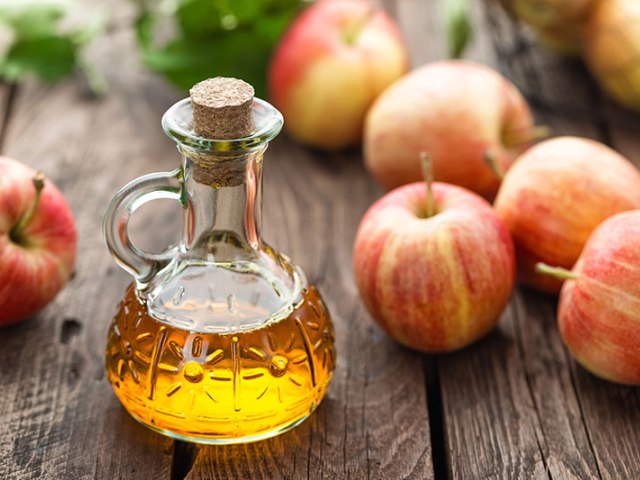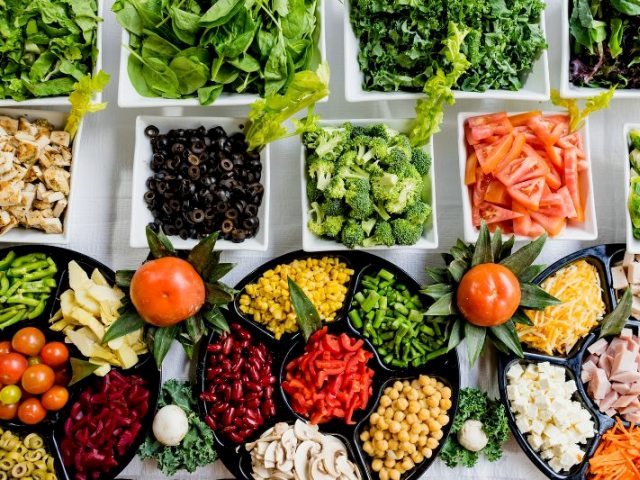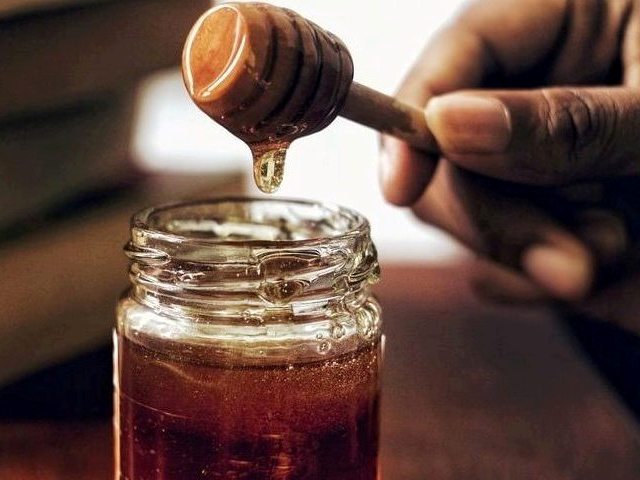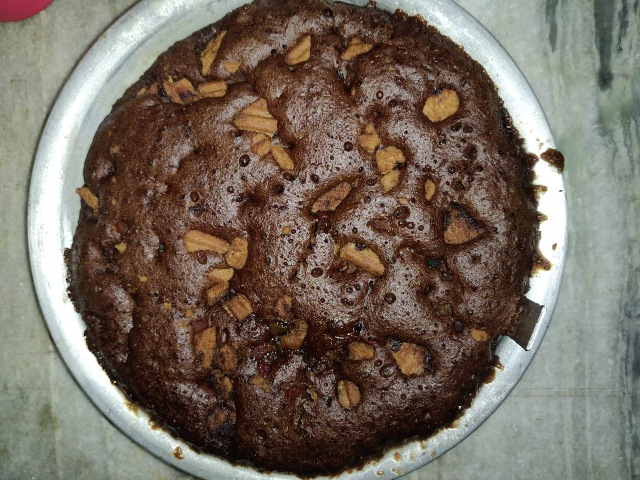The Secret Ingredients For Perfect Cake Baking
Cake baking is not entirely a lost art, but it could well be described as hiding down the back of the sofa in many homes. Thanks to the convenience of, well, convenience food, we seem to have lost a lot of skills that our grandmothers took for granted. While being armed with at least a number of fairly handy cooking skills, I must admit for many years my baking skills were a little hit and miss. So, having decided that it was time for a back to school trip on that one, here are a few tips on baking professional cakes at home (most of the time, anyway!).
Kitted Out
I know that a bad workman or woman blames their tools, but when it comes to kitchen equipment there is some truth in the fact that without the right ‘kit’ you’ll have less success. Basic cookery doesn’t need any special kit, but it does make a difference when it comes to cake baking. Here are some of the essentials.
- Heavy duty baking pans are essential; you won’t find the tinny, flimsy ten-a-penny cake tins employed in professional kitchens and there’s a good reason for this. One of the crucial factors in getting the perfect results is temperature and heavy metal cake tins will provide a more consistent temperature during cooking.
- Waxed paper and or/greasing and flouring the tins help to ensure the cake doesn’t come out in bits. Most of us have the common sense to at least ensure the pan is greased, but not all of the time and not thoroughly enough, perhaps. This is a minor detail (and a bit of a faff, I’ll admit) but the devil is, as ever, in the detail.
- Already covered in the first point is temperature; the oven your using should be reliable and provide consistent heat. My own general method of cooking tends to run very much along the lines of ‘about this much’ or ‘that’ll do, probably’. This just doesn’t wash with cake baking, as many a family member will testify. Use an oven thermometer to check your oven is consistent and is reaching the temperature it says it is, also put the cake in when you’ve reached the correct temperature, not before, not after. Again, the devil’s in this detail, as usual.
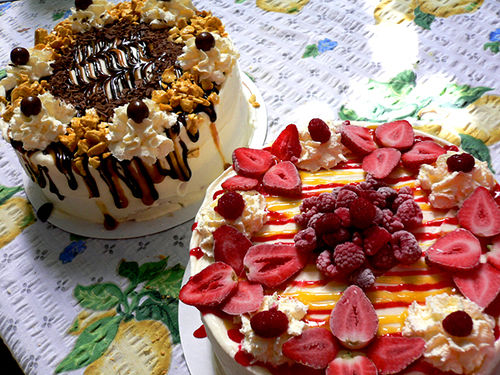
Cake Care
Some people seem to be able prepare a perfect, moist sponge every time. However, moisture and texture are not just an accident. Here a couple of tricks to avoid dessert tasting like a desert.
- Give it a rest: the cake, that is. Like meat, the cooking process should involve a resting period. If you start fiddling with the cake straight from the oven it’s likely to become grumpy and start falling apart. Resting for five minutes or so allows the structure to set properly and makes it easier to work with.
- Fruit juice or puree is the secret ingredient that a lot of professional cooks won’t tell you about. Substituting a little fruit puree (apple sauce is fine) for some of the oil in the recipe gives the flavour a deeper quality, without being overpowering, and gives the cake a smooth, professional texture, not the grainy homemade feel!
- Again, a professional cake decorator, or baker’s trick, to seal in the moisture is to seal the cake with a very light frosting. Use either homemade or commercial clear frosting, watered down, and cover the cake with this before decorating. This stops icing seeping into the sponge and vice versa. It also seals in the moisture perfectly ensuring a crisp outer decoration and that perfect sponge beneath.
Flour and dairy products are not the only ingredients in cake baking; time, patience, good quality equipment and a few little tricks of the trade will help you to bake the perfect cake on every occasion.
About Author
Charlotte Rivington actively loves to blog about food and share her favourites recipes; cake baking is a particular passion of hers. She has all her cake ingredients delivered by Milk and More. Read this Milk and More review to learn more about the service.
